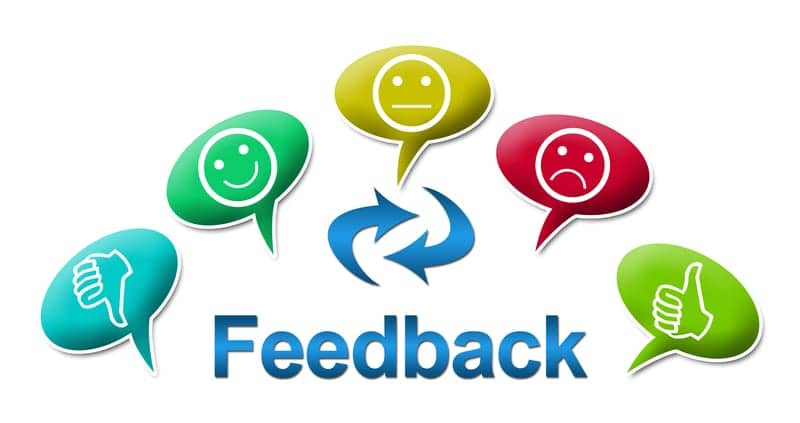The first week of March was an active one for 24×7 commenters. Their feedback and questions spanned the gamut of biomed interests, from concerns about a major industry recall to enthusiasm for a new online CBET study program.
Human Factors Design and Recalls
William Hyman’s reflections on the human factors implications of the recent recall by GE Healthcare of MRI systems, ““Employee Error” Versus Design in a Recent Recall,” elicited the largest number of comments. Stephen Glassic wrote, “This is a very important safety issue. In my opinion there should be a failsafe system that does not allow the magnet to be engaged and provides a warning to check the MRU [magnet rundown unit] if it is not connected. And of course the MRU function should be tested during the PM procedure. Maybe there should also be a ferrous object sensing and warning system at the entrance of the room.”
William Dale noted that “the PM procedure for the system requires the GE engineer or qualified in-house engineer to perform the test of this circuit every PM on a quarterly basis.” But, Hyman responded, “in most cases PM does not actually prevent most things, it just tells you current status. However it is that the units can get disconnected could occur between PMs.” The point of human factors design, he concluded, is “to predict and prevent error.”
A New Inline RTLS Tag
A news story on the introduction of a new kind of inline, powered RTLS tag that plugs into AC-powered devices prompted a comment from Edgardo Batista: “I like the idea of the tags being on the power supply end, but the biggest issue I see is that this does not have a way of locking the power cord into place without it being cut or taken for another unit from the nursing staff.”
In response, Dan Cusick, a representative of the manufacturer, Emanate Wireless, wrote that “We do have ways to lock down the cords, very similar to what is available now with power cords for medical devices. As an option, we have a locking connector you can get with the tag. Or you can use your own shroud over the plug to attach it to the medical device. On the plug-in side of the tag, we can accept locking connectors using the screws that are present with the AC receptacle.”
Hopes for Advancement and Improvement
In addition, a story on the pending debut of a new online study course for the CBET exam, CBET Academy, received a couple of interested inquiries. And a short piece on Ted Taccardi, the new head of Carestream’s service group, prompted a half-hopeful, half-critical comment from Grant Smith: “I sincerely hope that Ted can turn around a very fragmented service delivery model that Carestream has historically embraced. From their bouncing ball tech support to their “Channel Partners” service providers, the service has not kept pace with the evolution of some very good technology.”

